E-commerce Growth
The rapid expansion of e-commerce in the US is a pivotal driver for the tags market. As online shopping continues to gain traction, businesses increasingly require efficient tagging solutions to manage inventory and enhance customer experience. In 2025, e-commerce sales in the US are projected to reach approximately $1 trillion, indicating a robust demand for tags that facilitate product identification and tracking. This growth necessitates innovative tagging technologies that can seamlessly integrate with online platforms, thereby propelling the tags market forward. Furthermore, the rise of direct-to-consumer brands amplifies the need for customized tags that reflect brand identity, further stimulating market growth. The tags market must adapt to these evolving e-commerce dynamics to remain competitive and relevant.
Consumer Awareness
Consumer awareness regarding product information is a significant driver for the tags market in the US. As consumers become more informed about the products they purchase, there is a growing demand for transparency in labeling. This trend is particularly evident in sectors such as organic food and sustainable products, where consumers seek detailed information about sourcing and ingredients. The tags market must respond to this demand by developing tags that provide comprehensive product information, including sourcing, nutritional content, and environmental impact. In 2025, it is anticipated that consumer preference for transparency will influence purchasing decisions for over 70% of shoppers, thereby creating a substantial market opportunity for innovative tagging solutions that cater to this need.
Regulatory Compliance
Regulatory compliance is increasingly influencing the tags market in the US. Various industries, including pharmaceuticals and food and beverage, are subject to stringent labeling requirements to ensure consumer safety and product traceability. For instance, the FDA mandates specific labeling standards for food products, which drives the demand for compliant tagging solutions. As businesses strive to meet these regulations, the tags market is likely to see a surge in demand for specialized tags that adhere to legal standards. This trend not only enhances consumer trust but also mitigates the risk of penalties associated with non-compliance. Consequently, companies within the tags market must prioritize the development of tags that meet evolving regulatory demands to capture market opportunities.
Supply Chain Optimization
Supply chain optimization is a critical factor shaping the tags market in the US. As companies seek to enhance operational efficiency, the need for effective tracking and inventory management solutions becomes paramount. Tags play a vital role in streamlining supply chain processes by providing real-time data on product movement and inventory levels. In 2025, the logistics sector is expected to grow by approximately 5%, further driving the demand for advanced tagging solutions that facilitate better supply chain visibility. The tags market must innovate to provide solutions that integrate with existing supply chain technologies, thereby enhancing overall efficiency and reducing costs. This focus on optimization is likely to create new opportunities for growth within the tags market.
Technological Advancements
Technological advancements are reshaping the tags market in the US, driving innovation and efficiency. The integration of technologies such as RFID and NFC into tagging solutions enhances product tracking and consumer engagement. In 2025, the RFID market is projected to grow by approximately 10%, indicating a strong trend towards smart tagging solutions. These technologies not only improve inventory management but also enable interactive consumer experiences through mobile devices. As businesses increasingly adopt these advanced tagging technologies, the tags market must evolve to meet the demands for smarter, more efficient tagging solutions. This shift towards technology-driven tags presents a significant opportunity for growth and differentiation within the market.


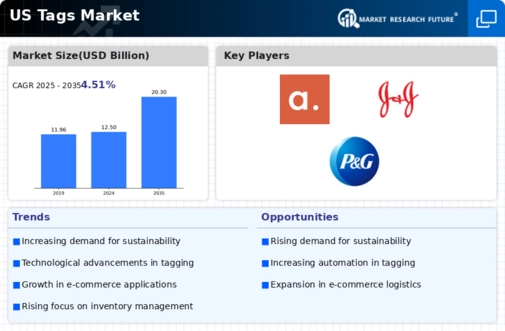

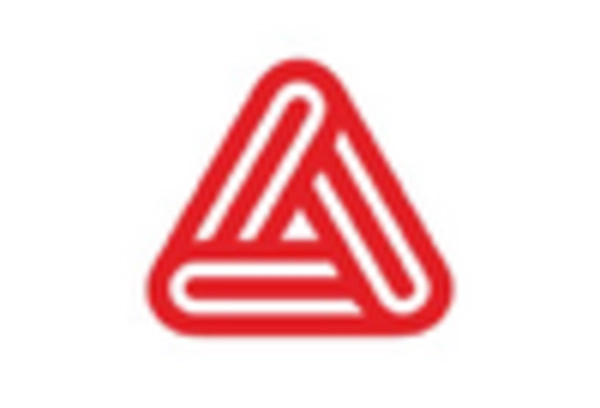
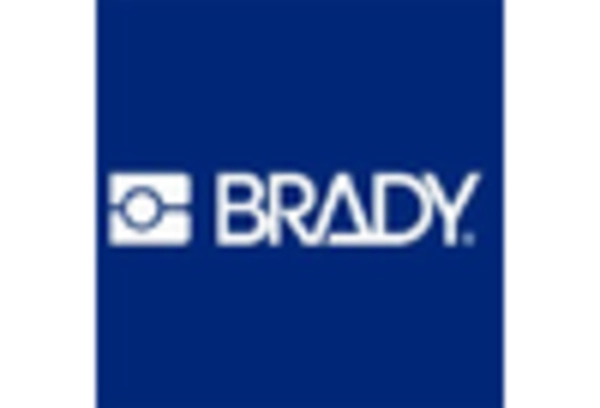
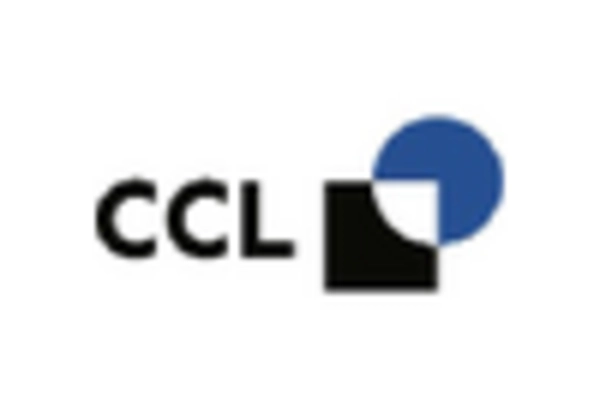
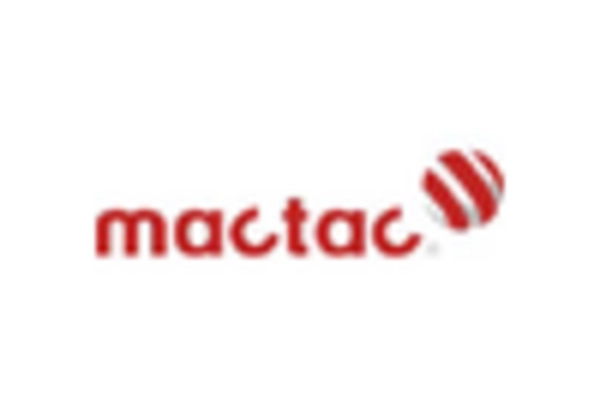
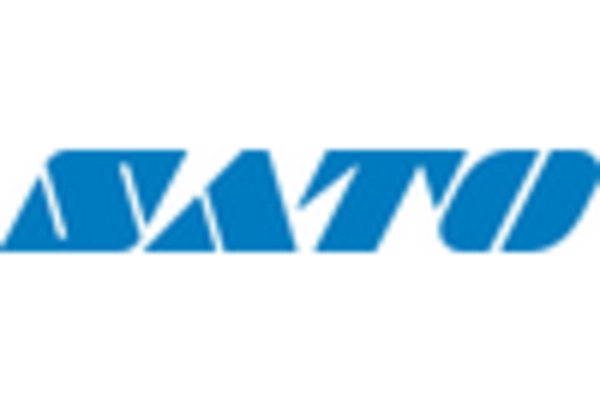








Leave a Comment